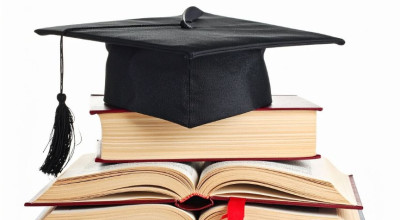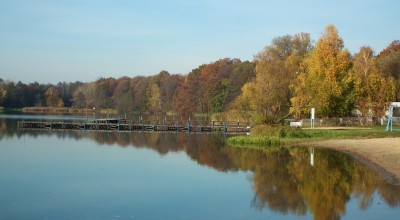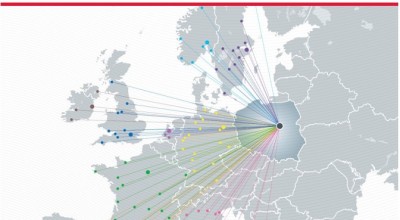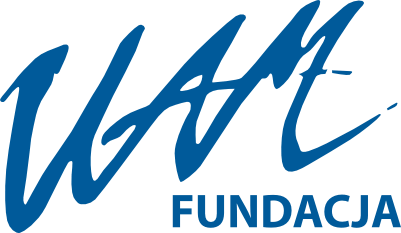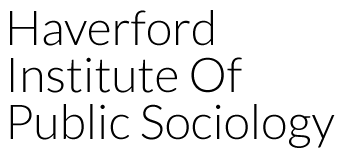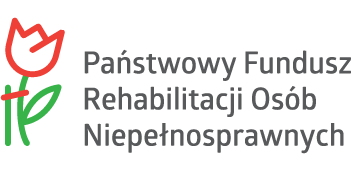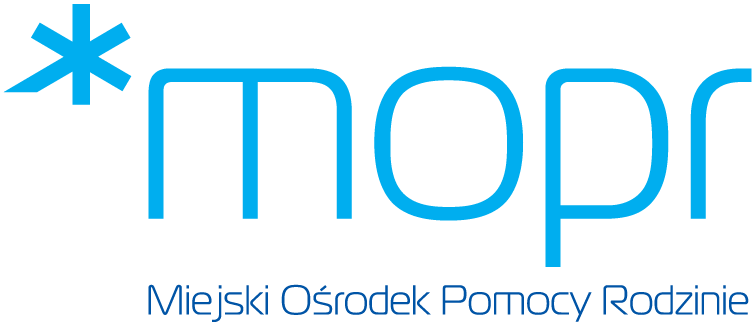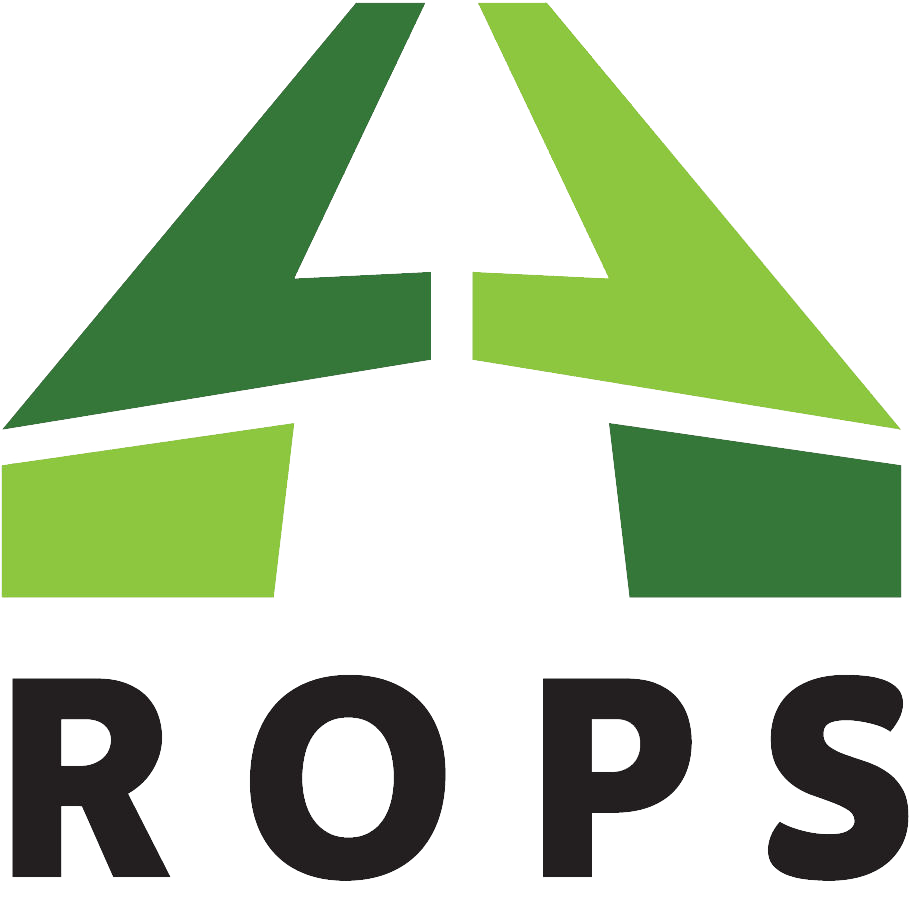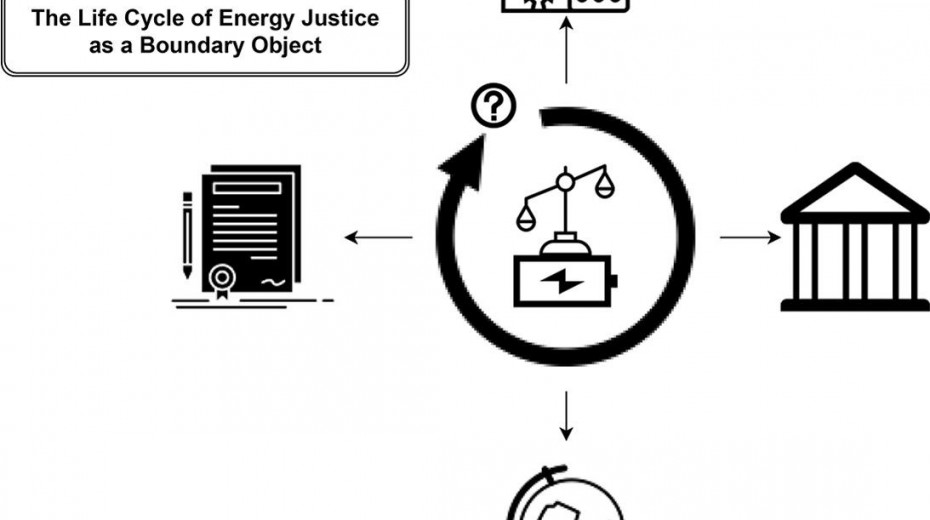|
W prestiżowym czasopiśmie Energy Research & Social Sciences ukazał się właśnie artykuł opisujący przegląd najnowszych badań dotyczących sprawiedliwości energetycznej pt: “From framework to boundary object? Reviewing gaps and critical trends in global energy justice research”. Autorami artykułu są dr Katarzyna Iwińska, prof. Aleksandra Lis oraz dr Krzysztof Mączka (z naszego Wydziału). Artykuł powstał w ramach projektu SECURe (https://www.securegeoenergy.eu/) realizowanego w Instytucie Antropologii i Etnologii na Wydziale Antropologii i Kulturoznawstwa UAM pod kierunkiem prof. Aleksandry Lis. Autorzy w abstrakcie tak piszą o rezultatach przeglądu 182 artykułów, który przeprowadzili: „The concept of energy justice (EJ) has gained importance in discussions about energy transitions, mainly due to a growing number of researchers working on the social implications of greenhouse gas emission reductions. At the moment, EJ is defined as a framework for discussing fairness in energy systems and operates as an umbrella term to signify various concerns related to energy development across diverse groups to enable communication. Thus, we call EJ a boundary object (BO) and discuss its further evolution into a standard, or its dissolution into several locally specific concepts. This study provides a systematic review of the literature that applies the concept of EJ: how its features developed and how it gained popularity in academic publications to mid-2019. We present a bibliometric overview of the number of occurrences of the concept across the literature using the Scopus and WOS databases (N = 182) and, using VOSviewer software, we describe similarities between research topics to which the concept was related. By mapping out its diverse thematic and geographic applications, we review the critical trends and claim that EJ can address real-life challenges. We submit that it will have more practical power once it starts being used more broadly to build cooperation among scholars, policymakers, activists, and grassroots movements.” Korzystając z tego linku, przez 50 dni można pobrać artykuł w otwartym dostępie: https://authors.elsevier.com/c/1dPrf_oMjTBzWy |
Przejdź do głównej treści















